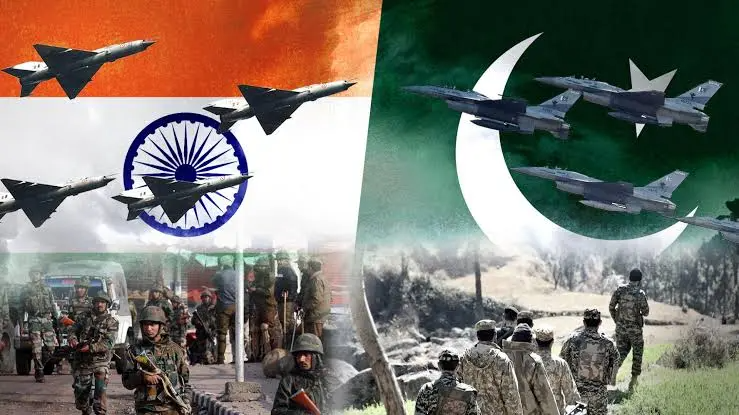India-Pakistan Crisis and Its Impact on the Stock Market: Navigating the Storm
In recent days, the geopolitical landscape between Pakistan and India has rapidly intensified, creating ripples through financial markets, particularly the Pakistan Stock Exchange (PSX). Today, the escalation initially triggered a wave of panic selling, sending the KSE 100 index tumbling over around 6000 points at the opening. However, by midday, the market had clawed back a substantial portion of its early losses, suggesting a cautious recovery fueled by opportunistic investors who viewed the dip as a prime buying moment.
Why Did the Market Initially Recover?
Investors are typically sensitive to geopolitical tensions, especially in volatile regions like South Asia. Yet, markets have a unique way of pricing in uncertainty and eventually adapting. The reason behind today’s partial recovery lies in investors’ belief that these escalations, despite their initial shock value, often resolve diplomatically over time. Seasoned investors, particularly those with a long-term horizon, viewed the initial plunge as an opportunity to enter or strengthen their positions at discounted rates, hence stabilizing the market somewhat after the initial steep drop.
The Real Risk Lies Ahead
However, today’s resilience shouldn’t mask the potential for further volatility. As of now, Pakistan has formally responded to India’s recent actions, by striking down 5 jets and one drone, and given historical context and current political pressures, a retaliatory measure on missile attacks from Pakistan appears imminent. The Pakistani government’s political credibility, national pride, and deterrence capability are all factors driving a likely and calculated response. The thing to check would be the “The Retaliation on Missiles Attack “.
Analysts and observers anticipate a robust Pakistani retaliation, potentially through missile strikes tonight or in the coming hours. Should Pakistan retaliate aggressively, as expected, it would undoubtedly lead to further tension and raise serious questions about India’s potential response. This uncertainty could quickly spiral into heightened conflict, creating renewed instability across financial markets.
Short-term Investors vs. Long-term Investors
The market’s future movements hinge significantly on the immediate actions of both nations. For short-term investors or those sensitive to volatility, the current environment represents considerable risk. With the KSE 100 index still down roughly 2000 points at the moment, exiting positions now could minimize potential short-term losses if the situation worsens overnight or tomorrow.
Conversely, long-term investors have less cause for concern. Historical precedent suggests that India-Pakistan tensions eventually settle down, typically through diplomatic interventions involving major powers such as China and the United States. Thus, investors who adopt a long-term perspective on Pakistan’s economic resilience and market stability might see today’s volatility as merely a temporary setback, rather than a permanent shift in fundamentals.
Awaiting Diplomatic Intervention
The eventual stabilization of the market largely depends on international diplomacy. Historically, global powers have intervened quickly to de-escalate tensions between these nuclear-armed neighbors, bringing both sides to the negotiation table before conflicts spiral out of control. Until this diplomatic intervention occurs, markets may remain anxious and unpredictable.
Conclusion
Today’s crisis presents both a test of investor nerves and an opportunity for careful strategic repositioning. Short-term players may prefer safety through cautious withdrawal, while seasoned, long-term investors might find unique buying opportunities in this turbulence.
As the night approaches, market watchers will closely monitor the unfolding developments, understanding that geopolitical tensions are not only tests of national resolve but also defining moments for investor decision-making. A calculated approach should be followed in regards to Cash-Shares proportion given one’s considerations for Risk-Reward.





